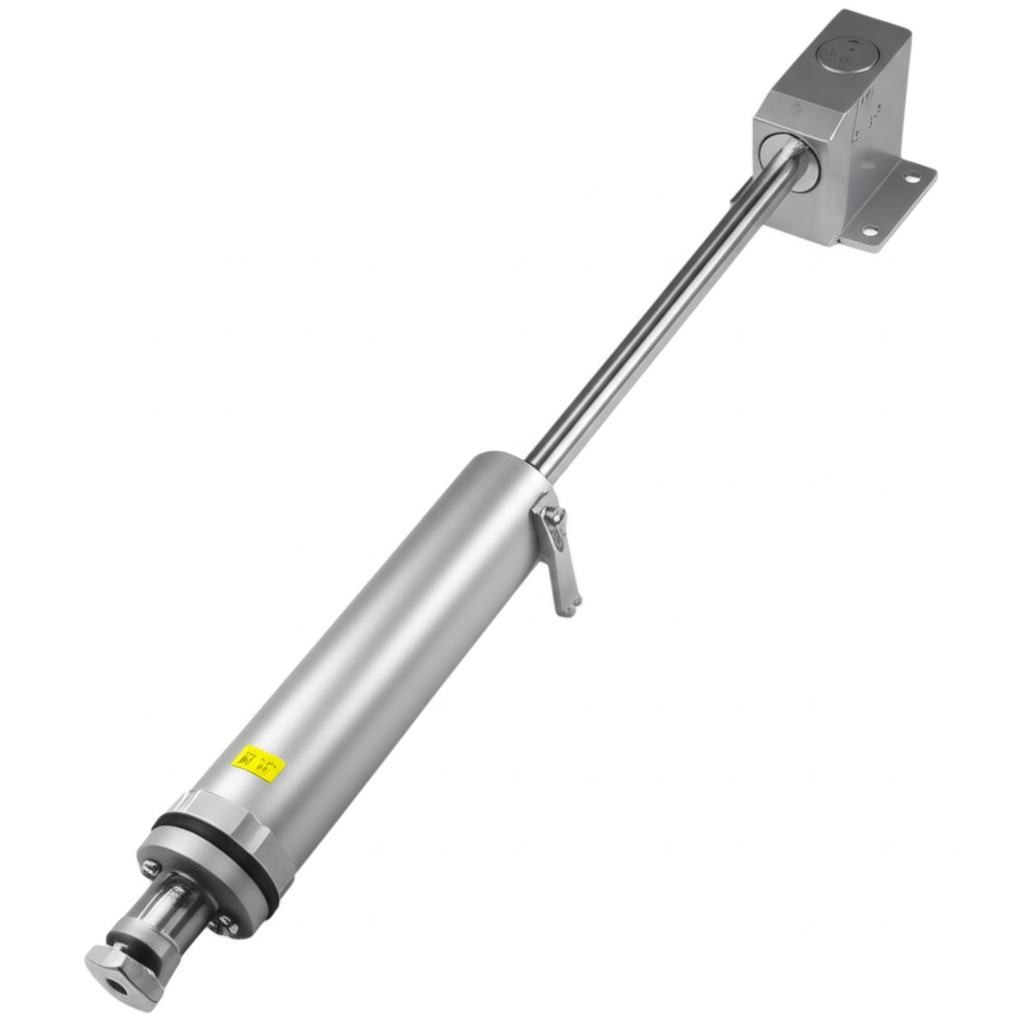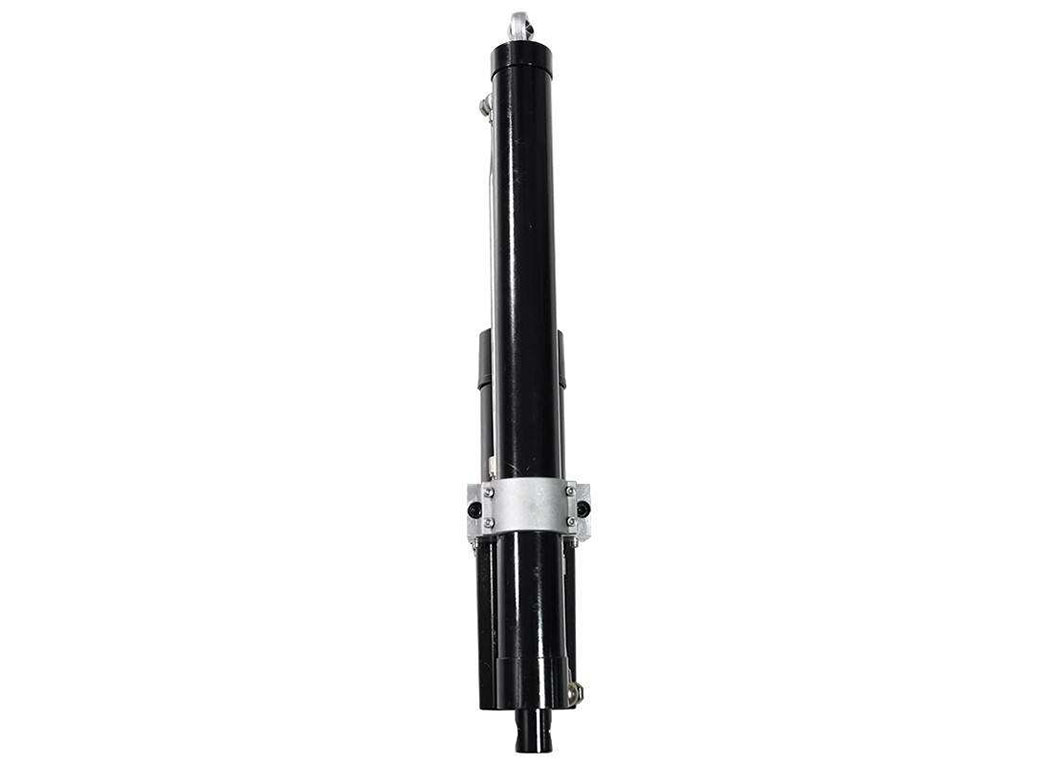Problem — Small errors cost lives and slow progress
You design a surgical robot and you need position repeatability to the micron. You build a diagnostic stage and a tiny shift ruins an image. You choose a motor that seems cheap and the device fails a year after release. These things happen. They waste time and money. They put patients at risk.
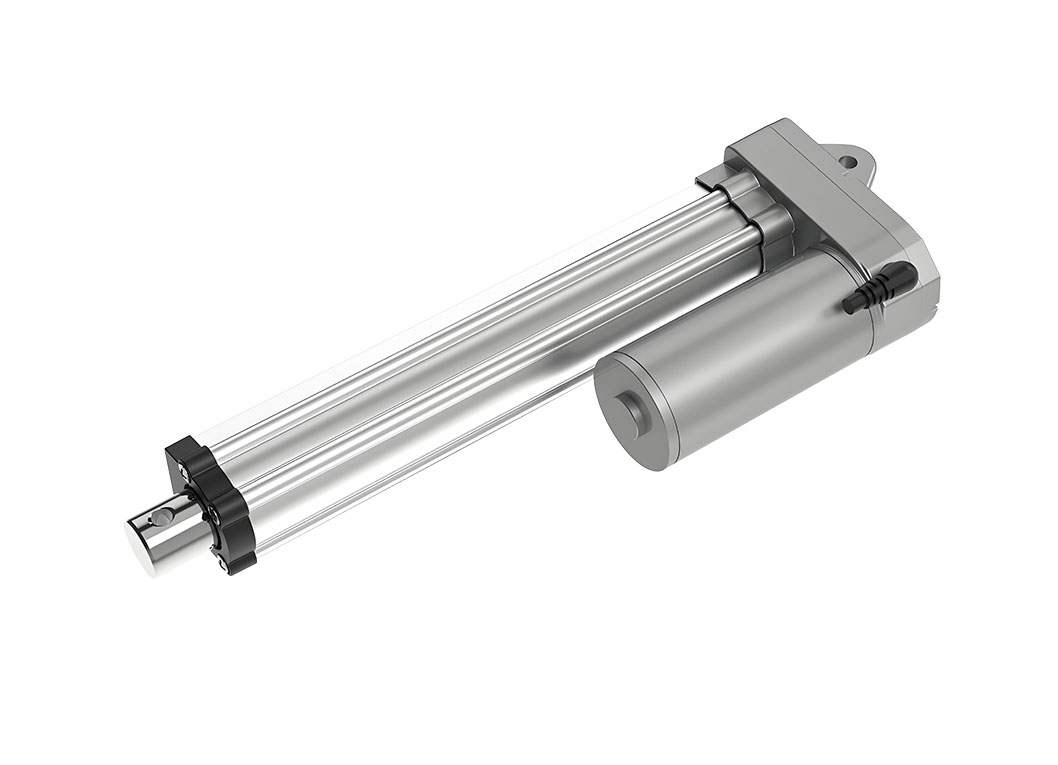
We at Jimi have seen this story more than once. Engineers ask the same questions again and again. Which actuator gives the accuracy I need? Which motor will survive sterilization? Who can supply parts that meet FDA and ISO 13485 standards? The stakes are high. You need clear answers and real parts that work in the field.
Agitate — The real costs of the wrong motion system
A half-micron error can blur a microscope image. A servo motor that drifts under load can cause a biopsy miss. Electromechanical faults cause recalls. Between 2018 and 2022 roughly 15–20% of FDA medical device recalls tied back to electromechanical parts. That is costly and damaging.
Think about the user at the bedside. That ventilator must run without fail. That infusion pump must push fluid at the right rate. When actuators falter the device fails the test. You face rework and risk. You also lose trust. You need a motion partner that knows the rules and builds to them.
Solution — High precision servo motor actuators and a partner you can trust
Meet the solution in plain terms. A high precision servo motor actuator gives tight position control. It keeps motion steady. It repeats the same move to near sub-micron tolerance. In practice this means safer surgery, clearer imaging, and reliable therapy.
We at Jimi build and supply these solutions. We make linear actuators, servo motors, encoders, controllers, and the brackets and rails you need to integrate them. We design to the key rules. We test to reach long MTBF values. We support OEM partnerships and custom builds.
Below we show how precision motion control works in medicine. We explain the parts. We show where they matter. We point you to the right resources so you can move from prototype to certified product.
I. Why precision matters in medical actuation
- Patient safety. Small position errors can harm tissue or misplace a therapeutic dose.
- Diagnostic fidelity. Imaging and microscopy need stable motion to resolve tiny features.
- Device uptime. Long MTBF means fewer failures and lower maintenance.
- Regulatory approval. Components must meet data, tests, and quality rules.
Industry numbers back this up. The medical robotics segment is growing fast at about a 13.5% CAGR to 2030. The global medical device market will top $800 billion by 2030. These markets demand parts that perform and that manufacturers can trust.
II. Engineering the core: what a high precision servo actuator includes
A medical-grade motion system is not one part. It is a carefully matched system.
Key components
- Servo Motor
- Brushless DC (BLDC) for fast response.
- Coreless options for low cogging.
- Miniature servo motors for surgical robots when size matters.
- Feedback
- High-resolution absolute and incremental encoders.
- 20+ bit resolution is common for sub-micron control.
- Mechanics
- Direct drives to reduce backlash.
- Anti-backlash ball screw and lead screw designs.
- High-quality planetary gearbox where torque density is needed.
- Control
- Digital servo drives and motion controllers for closed-loop control.
- Software for motion profiles, safety limits, and diagnostics.
- Accessories
- Linear guides & rails, mounting brackets, and EMI shielding.
- Cleanroom and sterilization-friendly materials.
We design systems that hit these targets:
- Positional accuracy and repeatability often within ±1 µm or better.
- Low noise and vibration for patient comfort and imaging quality.
- High torque density in small packages for portable or implantable devices.
- Long life with MTBF targets above 75,000 hours.
We test so these specs are not just paper numbers.
III. How high precision actuators are used in medical devices
Here are the real applications where precision motion matters.
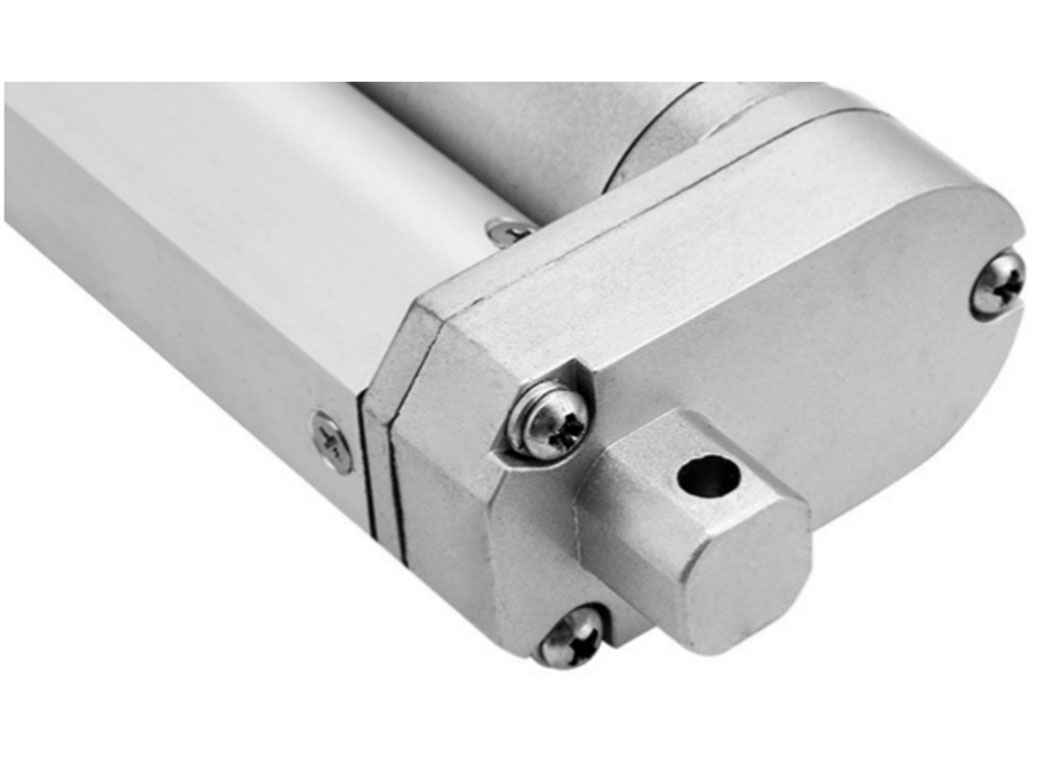
- Surgical Robotics & Automation
- Micro-surgical instruments, haptic feedback systems, and biopsy robots need ultra-precise actuators.
- Haptic systems require low latency and high torque density.
- Diagnostic & Imaging Systems
- Patient positioning stages in MRI and CT require smooth, reproducible motion.
- Microscopy stages demand sub-micron repeatability to image cells and tissues.
- Therapeutic & Life Support
- Infusion pumps and syringe pumps rely on precise displacement to dose drug delivery.
- Ventilator motion sub-systems must be reliable under continuous load.
- Rehabilitation & Prosthetics
- Prosthetic limbs and exoskeletons need compact servos that deliver smooth force and fast response.
- Dental & Ophthalmic Devices
- Laser eye surgery and intraocular lens insertion call for exact positioning and zero backlash.
Case studies and data show real benefits. Robotic-assisted surgery can cut complications by up to 20% and reduce hospital stays by 25–30% in select procedures. Precision actuators are a core reason. They reduce tremor, improve motion scaling, and allow micro-movements that a human hand cannot safely repeat.
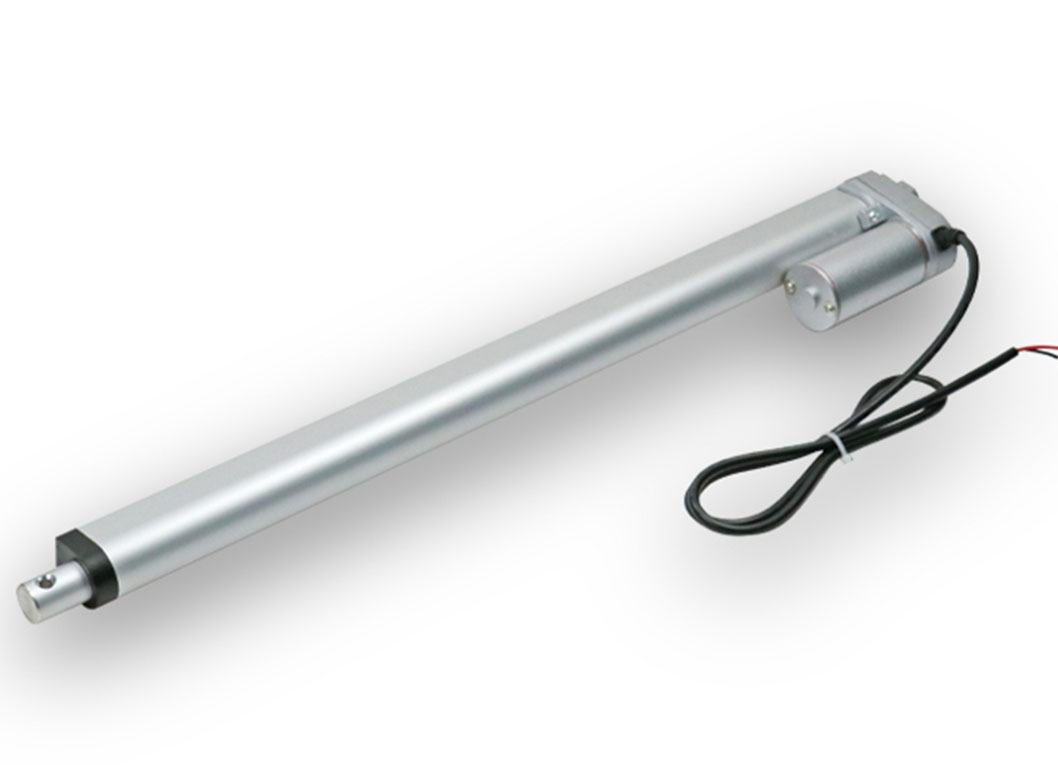
IV. Design and integration: what you must account for
Designing a medical device goes beyond picking a motor. You must consider:
- Regulatory compliance
- Build with suppliers that follow ISO 13485 and can support your FDA submissions.
- Use parts designed for safety standards such as IEC 60601.
- Environmental demands
- Cleanroom compatibility across ISO Class 1–8.
- Sterilization methods such as autoclave, gamma, or E-beam.
- Biocompatible materials when the actuator is near tissue.
- Reliability and safety
- Design for redundancy and fail-safe modes in safety critical systems.
- Use EMI/RFI shielding to keep sensitive electronics safe.
- Aim for long MTBF in life-critical devices.
- Customization and partnership
- Choose a supplier who can tailor gear ratio, encoder type, and software.
- Discuss predictive maintenance and IoT-ready telemetry early in the design phase.
We at Jimi work with clients on all these items. We help with component selection and validation plans. We also offer controllers and accessories so the system integration goes faster. For example our dedicated pages on Actuator Controllers and Linear Guides & Rails show the kinds of parts we integrate every day.
V. Quick spec comparison table
| Parameter | Typical Medical Grade Target | Why it matters |
|---|---|---|
| Positional repeatability | < 0.5 µm | Clear images and precise tool placement |
| Absolute encoder resolution | 20+ bits | Precise absolute positioning after power loss |
| MTBF | 75,000 hours | Reliability in life-critical devices |
| Sterilization cycles | 2,000+ autoclave cycles | Reusable surgical tools withstand cleaning |
| Torque density | High (mNm/cm³) | Small motors deliver needed force |
| Noise & vibration | Low | Patient comfort and imaging clarity |
VI. Materials, sterilization and cleanroom needs
Materials and process choices change a device. Pick wrong and you fail tests.
- Use materials that are biocompatible and that resist gamma or autoclave sterilization.
- For implantable or close-contact devices choose low outgassing components.
- For surgical instruments choose actuators tested to 2,000+ autoclave cycles or high-dose gamma exposure.
If you need quiet operation for patient comfort or noise-sensitive labs explore Quiet Linear Actuators. They help reduce acoustic footprints in surgical suites and diagnostic rooms.
VII. Miniaturization and power efficiency
The trend to smaller devices keeps going. Miniature servo motors under 15 mm in diameter are common now. These tend to give high torque density and over 85% efficiency. That matters when you need battery life for portable therapy or wearable robotics.
We support compact builds by offering medical linear actuators and related controllers so your system stays small and performs well. See our medical product line at Medical linear actuators.
VIII. Intelligence, IoT and predictive maintenance
Today actuators are smart. You want sensors and telemetry. You want predictive maintenance that warns you before failure. Integration of AI and IoT into motion control helps you reduce downtime. It also provides traceability for regulatory audits.
We can help design systems that log key metrics and that interface with hospital networks. That reduces surprises and helps you show evidence for validation.
IX. Why choose Jimi as your motion partner
We at Jimi build more than motors. We bring experience designing systems for medical, lab automation, and robotics. We make the parts that keep devices running in cleanrooms and operating rooms.
- We follow quality processes for medical suppliers.
- We supply linear actuators, controllers, and accessories that fit medical use cases.
- We test sterilization resilience and deliver data you can use in submissions.
- We work with OEMs on custom servo sizing and on motion control software.
If you need support integrating a servo linear motor system see our servo product page and mounting options for fast prototyping. We also provide mounting hardware and rails that cut integration time. Check our parts for a start: Mounting Brackets and Actuator Controllers.
X. Key terms and quick guide for engineers
Below we list common terms and short notes so you can scan fast. These entries use industry terms you will meet in specs and datasheets.
| Term | Note |
|---|---|
| Servo Motor | Motor with feedback and closed-loop control |
| Actuator | Devices that convert electrical energy to motion |
| Encoder | Sensor for position feedback |
| BLDC | Brushless DC motor for high response |
| Lead screw | Threaded mechanism for linear motion |
| Ball screw | Low friction screw for high precision |
| Direct drive | Low-backlash mechanical layout |
| Planetary gearbox | Compact gearbox for torque density |
| MTBF | Mean time between failures |
| ISO 13485 | Medical device quality standard |
| FDA | US regulator for medical devices |
| Cleanroom | Controlled environment for particles |
| Sterilization | Autoclave or irradiation processes |
| Biocompatibility | Material safety for human contact |
| EMI/RFI | Electromagnetic interference concerns |
| Haptic | Force feedback in surgical systems |
| Closed-loop | Control with feedback for accuracy |
| Repeatability | Ability to return to the same position |
| Accuracy | How close a position is to the commanded value |
| IoT | Networked devices and telemetry |
| Predictive maintenance | Using data to prevent failures |
XI. Common design questions answered
- How do I choose between stepper and servo for a medical device?
- Use servo motors when you need closed-loop accuracy and speed. Use a stepper for simple, low-cost moves.
- What encoder type should I pick?
- Absolute encoders are best when you need position retention across power cycles. Incremental encoders work when you can home after power-up.
- How do I reduce backlash?
- Use direct drives or anti-backlash ball screws. Tighten gear tolerances and use high-resolution encoders.
- How do I prove reliability?
- Run life tests and collect MTBF data. Use certified suppliers and document verification and validation.
XII. Final thoughts and call to action
Precision motion changes outcomes. It lets surgeons see more. It lets therapists deliver exact doses. It keeps devices working where lives depend on them.
We at Jimi have the people and parts to help you build great medical devices. We design to safety, to repeatability, and to long life. If you are building the next wave of medical robotics or refining a diagnostic instrument start the conversation now. Explore our medical product line and controllers to see practical parts you can test fast.
- Learn about our medical actuator options at Medical linear actuators.
- Browse quiet and low-noise options if you need low acoustic output at Quiet Linear Actuators.
- Find controllers and accessories to match your motion architecture at Actuator Controllers.
- Choose rails and guides that make integration simpler at Linear Guides & Rails.
- See mechanical mounting options to speed assembly at Mounting Brackets.
Partner with a supplier who knows motion control and who knows medical device needs. Let us help you move from prototype to a safe certified product. Contact Jimi and let’s design motion that matters.
